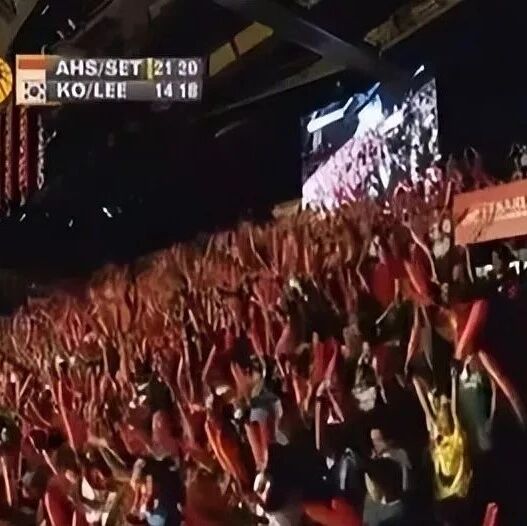12 Most Common Mistakes in Badminton Doubles—How Many Have You Made?
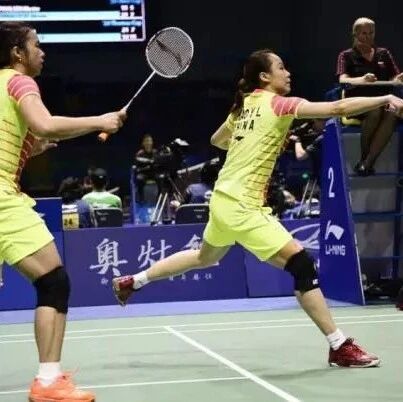
It's common to see tennis players venting about their doubles partners—online or even at the club—and almost everyone seems to be complaining about issues related to awareness and communication. Today, we’ve compiled and organized 12 of the most typical mistakes couples make during doubles play. Players and their partners can take a look, communicate openly, work together to correct these habits, and keep enjoying those great moments on the court!


At the T-point in the front court, the lob is either of average or poor quality, giving the opponent a chance to smash. Yet, instead of moving, you remain stationary, patiently waiting for them to make their shot.
Comment: Because you stay put, your teammate in the backcourt will be left clueless, unsure of which side to move toward. If the opponent targets both sides of your midfield, there’s an 80% chance they’ll succeed.
Proper handling: If the high serve lands in the opponent’s backcourt along the center line, move backward toward the center of your own serving half, while your partner advances toward the center of the opposite half. If the high serve lands in the opponent’s backcourt along the sideline, retreat to near the center line in your serving half, and have your partner move forward to near the sideline in the opposite half.

A teammate sends a high cross-court ball, retreating to one side of the court; meanwhile, I stay put in the middle of the backcourt, patiently waiting for the opponent to hit the shot.
Comment: If the opponent lifts the shuttle to the net on the opposite side of the court near the sideline, there's an 80% chance they'll succeed.
Proper positioning: Move forward yourself toward the center of the opponent's half, closer to your teammate.

Our team defends by lifting the shuttlecock high into the opponent's backcourt, near the sideline, and waiting for a smash. Both players from our side move to the center of their respective halves to solidify the defensive setup.
Comment: Playing on the opponent’s diagonal half-court is advantageous because the diagonal shot takes longer to travel, giving the defender on that side more time to prepare and making defense relatively easier. In contrast, the player positioned on the same half-court as the opponent’s attacking shot faces greater pressure, as a straight-line attack or a drop shot near the net lands much faster, leaving less time for a defensive response.
Proper positioning: For the player on the same side as the opponent’s smasher, stand slightly deeper and nearly aligned directly with the opponent—positioning yourself closer to the sideline. Focus primarily on defending against the opponent’s sharp cross-court smashes along the sidelines, while also being ready to handle their drop shots played straight toward the net. Meanwhile, the player positioned diagonally opposite the opponent’s smasher should stay near the center line but slightly forward, concentrating on blocking the opponent’s powerful mid-line smashes. At the same time, keep an eye out for cross-court smashes along the sidelines, as well as drop shots aimed at the middle of the net or played diagonally across the court.

The opponent serves a short ball, and our team returns it—no matter how poorly the serve is executed, we lift it high over the net.
Comment: When the opposing doubles serve a short ball, their weakness lies on both sides of the net in the middle. By returning their serve with a high lob, we’ve inadvertently handed them the most advantageous opportunity to launch their attack.
Proper handling: When receiving and returning short serves, aim to hit the ball at the highest possible point, adjusting your approach based on the quality of the opponent’s serve. If the opponent’s short serve isn’t particularly strong, use techniques like rushing in for a quick smash, gently pushing the ball toward the center of the court around waist height, softly brushing it straight to the net, or hooking it diagonally into the frontcourt—strategies designed to shift the momentum toward your side’s offensive play. However, if the opponent’s short serve is well-executed, rely on wrist and finger strength to lift the ball quickly and high, sending it deep into the opponent’s backcourt corner. This is a common technique among amateur players, especially targeting the opponent’s backhand corner. If the opponent manages to move slowly enough to allow for a high backhand shot, your team will typically adopt an aggressive fore-and-back positioning to capitalize on the opportunity. Only when the opponent delivers a high-quality short serve should you choose to defend by lifting the ball high over the net.


The opponent executed a high-quality drop shot at the net, and our team responded by lifting the shuttlecock high back to the original position.
Comment: When the opponent executes a high-quality drop shot, our usual response is to lift the shuttle back to the backcourt. However, the landing point of your return depends on where the opponent’s backcourt drop-shot specialist is positioned and how they’re moving. If you lift straight back to the same spot, the opponent doesn’t even need to chase—it’s easy for them to continue with another drop or smash, leaving us scrambling helplessly while they enjoy the advantage.
Proper handling: If the opponent drops a lob near the sideline and, after hitting the shot, shows no clear intention to return to the center of the backcourt, we should quickly lift a flat, high ball to the opposite side of their backcourt, forcing them to move across a wide area and likely resulting in a passive, poorly executed shot. On the other hand, if the opponent clearly intends to return to the center of the backcourt after hitting the shot—but we choose to lift the ball while they’re still moving—we should aim the shot right back to their original position, causing them to repeat the unnecessary movement and deplete their energy. Finally, if the opponent executes a lob from the middle of the backcourt, our usual response would be to deliver a quick, flat, high ball to their backhand side.
Generally, amateur doubles players are more comfortable playing the forehand in the backcourt, while their backhand in the backcourt tends to be their weaker spot. Often, opponents score precisely because they manage to create favorable attacking opportunities from the forehand side of the backcourt. As the saying goes on a soccer field: "If you don’t know where to kick the ball, just aim for the goal." Similarly, in badminton doubles, if you’re unsure where to lob the shuttlecock, simply send it toward the opponent’s backhand corner at the far end of the court.


The opposing team adopted a front-to-back formation for their attack, while our side positioned ourselves left to right for defense. The opponent’s backcourt player lobbed the shuttlecock toward our side’s sideline at the net, but the quality of the lob was mediocre. Meanwhile, their frontcourt player lacked proper net-closing awareness. Our player quickly moved forward to reach the high point, gently dinking a straight-line drop shot, then swiftly retreated to re-establish the left-to-right defensive setup.
Comment: Handling the ball this way wasted our team's transition opportunity from defense to offense. As a result, the opponent’s front-court player was able to easily approach the net, pushing, chopping, or hooking the ball, leaving us stuck in passive defense. Meanwhile, the opponent faced no pressure at the net, often capitalizing on their backhand chops or hooks to score directly.
Proper execution: After netting a small ball, move parallel toward the net, positioning yourself about 2 meters from the sideline on that side. Prepare to defend against the opponent’s push, chop, or hook shots—especially focusing on neutralizing their diagonal hook. Meanwhile, your partner moves to the backcourt center, establishing a front-to-back offensive formation for your team.
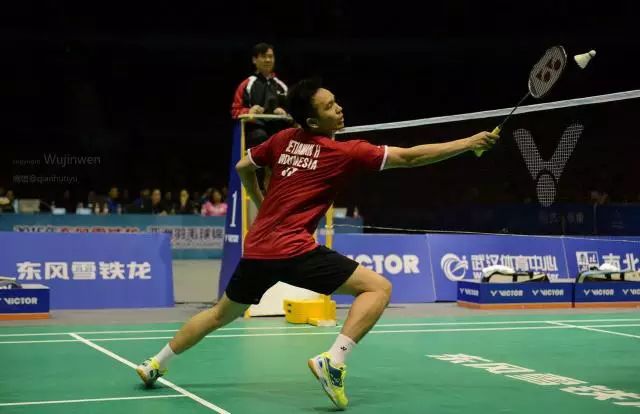

It's basically the same as before—except that by the time our player hits the net shot, the opponent’s front-court player has already moved directly to the sideline, ready to close in on the net. Undeterred, we still manage to lob the ball through.
Comment: The opponent has a player defending at the net, often putting psychological pressure on our players who are preparing to execute the chop shot. As a result, the chop tends to either land short of the net or arc too high, leaving it vulnerable for the opponent to rush in and block. In fact, the opponent’s real weakness at this moment lies in the open space along the sideline on the opposite side of the net.
Proper technique: While on the net, maintain a racket shape similar to swinging a paddle, then instantly transition into a hooking motion toward the opposite corner. As a result, the opponent—who’s positioned too close to the sideline at the net—can only watch helplessly as the ball sails past them.
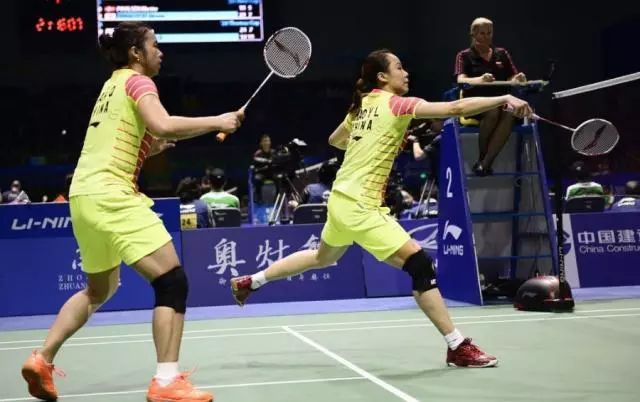

The opponent hit a high ball, and while their partner quickly retreated to return it, the player remained stationary in place.
Comment: If the partner executes a smash or drop shot, and the opponent blocks at the net along the sideline, both players on your side will likely be positioned far from the ball's landing point, making it easy to miss the shot.
Proper handling: After your partner receives and steps back, quickly move to the center of the net. If your partner aggressively drives or drops the shot, be ready to close the net and take charge of the entire front-court area—this keeps your team in an active, controlling position. Alternatively, if your partner defends by playing a deep, defensive high ball, swiftly shift from the net center to the opposite side of the court where your partner is positioned. Meanwhile, if your partner moves forward along a straight line, focus on covering the half of the court he’s defending, allowing your team to establish a balanced left-right defensive formation.
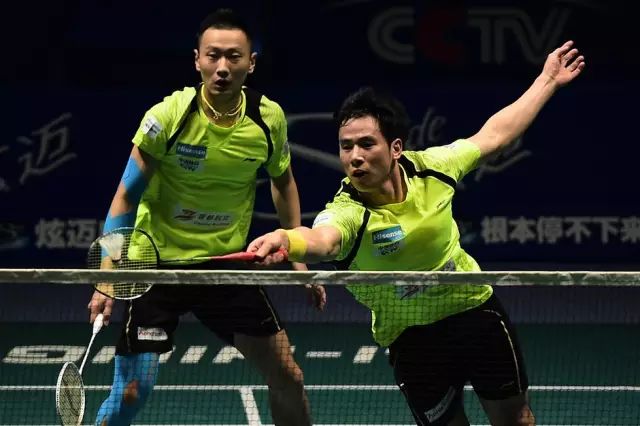

Our team maintained a front-and-back positioning: my partner had an opportunity to smash the ball at the net on one sideline, while I stayed put in the backcourt, watching from a distance.
Comment: While a teammate's net shot can certainly lead to an immediate point, if the opponent remains calm and manages to intercept the shot on the opposite side of the net—leveraging the momentum from your teammate’s initial play—the resulting swing may be small, yet the ball often travels at a surprisingly fast pace. Typically, after such a net shot, your teammate will already be lunging forward, leaving their footwork momentarily off-balance. Meanwhile, since you’re positioned further back, closing in quickly becomes impossible. As a result, your team is likely to react too slowly, increasing the risk of making a costly error.
Proper handling: When your partner is about to net the ball, move slightly sideways toward the opposite side of the net. This essentially sets up a balanced attacking formation. Mentally, focus on being ready to quickly react to the opponent’s drop shot aimed at this side of the net, while also staying alert to defend against any high lob that the opponent might play deep into your backcourt if your partner’s attempt isn’t executed cleanly.
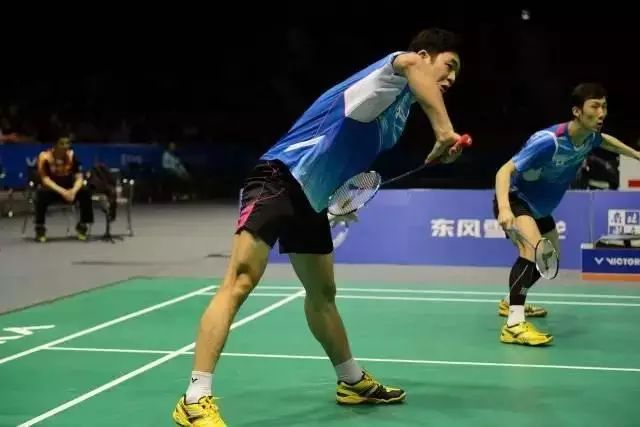

The teammate delivered a low-quality straight-line shot along the backcourt sideline, which the opponent quickly countered with a cross-court return to the backcourt. The teammate swiftly shifted toward the opposite side, but was forced to retreat to the baseline, where they passively blocked the incoming straight-line shot at net level—just about even with the height of the net. Meanwhile, I moved from the center of the net toward my teammate’s half of the court, preparing to support as they advance and establish a left-right defensive formation.
Comment: When a partner is forced to block a straight shot at the netline, they often find themselves needing to adjust their footwork due to the passive nature of the shot. Meanwhile, the opponent at the net has a variety of options—such as chopping, pushing, hooking, or lifting—which puts additional pressure on the partner trying to approach the net and handle the opponent's chop. As a result, asking your partner to come up to the net and retrieve the opponent’s chop becomes one of the most challenging tasks in this situation. That’s why, if the opponent chooses to chop at the net, they can often secure an easy victory.
Proper handling: After the partner’s baseline player is blocked on a straight-line net shot, the player slightly retreats toward the center of the court, lowers their center of gravity, and takes responsibility for the entire net area—specifically focusing on defending against the opponent’s quick cross-court drop shot that sails over your head. Meanwhile, the partner handles the opponent’s straight-line fast shots at the net, while dealing with any high lobs from the backcourt. In this scenario, the net player faces significant defensive pressure, so the usual strategy when dealing with the opponent’s delicate net play is to lift the ball high into the opponent’s backcourt. This buys valuable time for the partner to adjust their positioning and for both players to reorganize their left-to-right defensive setup, gradually shifting the momentum back in your favor.
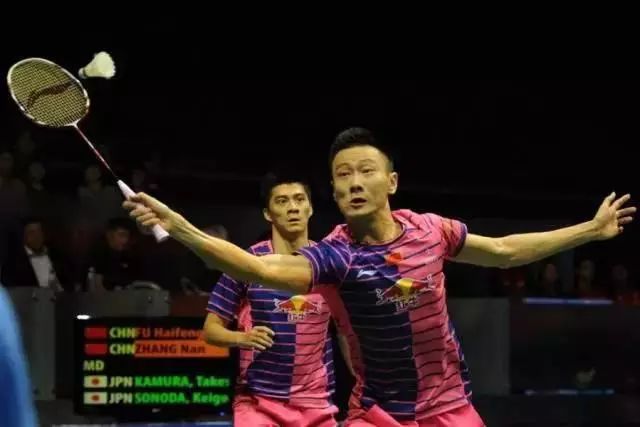

Our team adopted a front-and-back positioning for the attack. Unfortunately, our teammate’s drop shot from the backcourt wasn’t well-executed, allowing the opponent to aggressively loop a cross-court shot at the net—delivered with pinpoint accuracy and tricky placement. As a result, we were left with no choice but to lob the ball high over the net. If I had chosen to play a straight-line high lob, I would have immediately sensed the opponent’s impending smashes. So, instead, I retreated quickly toward the opposite side of the court, hoping my teammate would shift into position on the half of the court directly aligned with the incoming smasher, ready to defend against the attack.
Comment: Moving this way means both players on our side will cover longer distances, making it easier to misposition themselves. As a result, two gaps are likely to emerge—on the net along the straight line directly opposite the opponent’s smasher, and in the backcourt diagonally across from them. Meanwhile, the opponent’s smasher can easily capitalize by dropping a straight-line net shot or delivering quick, high-percentage diagonal lobs all the way to the baseline.
Proper handling: After executing either a straight or cross-court high lob at the net, immediately retreat straight back. Ensure the lob is hit high enough to give your teammates ample time to shift into a side-by-side defensive formation. When the opponent’s shot is particularly close to the net, opt for a cross-court high lob—it’s less likely to land short and easier to control. At the same time, your partner should move toward the opposite half of the court, allowing your team to establish a balanced left-right defensive setup. This approach keeps both players moving shorter distances, making it more efficient and strategic.


Our team is positioned at the back and sides, while the opposing team defends effectively from left to right. In the backcourt, we’re caught off guard and simply don’t have enough time to launch an attack—so we’re forced to defend by hitting high, angled shots diagonally. Meanwhile, our teammate at the net instinctively retreats diagonally to avoid the opponent’s powerful straight-line smashes. As a result, both players end up crammed into the same half of the court, leaving the opposite half wide open—a massive defensive gap that the opponents can easily exploit.
Comment: When forced into a defensive position in the backcourt, hitting a cross-court lob is a bad habit often seen in amateur doubles play. Amateur players who hit straight-line lobs in defense rarely manage to reach the baseline, leaving their opponents with excellent opportunities for smashes. In contrast, a cross-court lob is even less likely to land deep, giving opponents an even easier chance to attack and more time to fully prepare their offensive shots.
Proper handling: When you find yourself in the backcourt, forced to hit a high ball, and realize it’s difficult to drive the shot all the way to the baseline, it’s usually better to play a straight-line defensive high ball. This approach makes it easier for your opponent to reach the ball near their own baseline compared to hitting a cross-court high ball. After that, move straight forward to prepare for a potential smash, while your partner retreats diagonally to the opposite half of the court. One key principle in amateur doubles is ensuring your partner feels comfortable during their shots—this significantly reduces the pressure they’re under.

Unlike volleyball, where a lack of coordination between teammates might not directly affect the outcome, in badminton doubles, it’s all about the seamless, exceptional teamwork between the two players—no third person can step in to fill the gap.

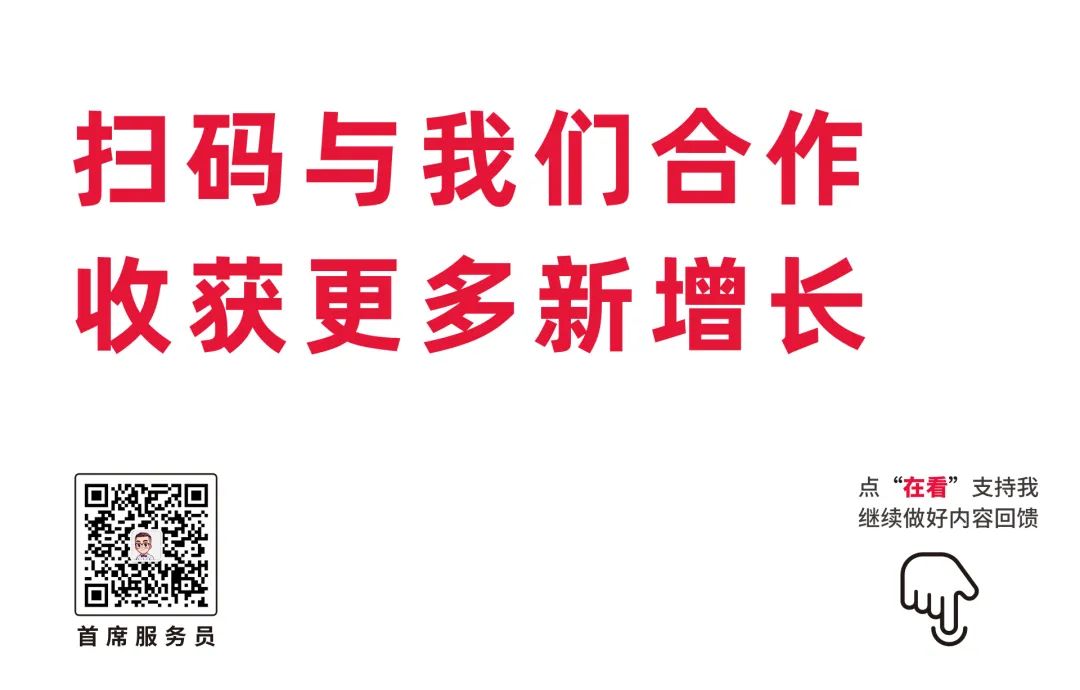
Related Articles
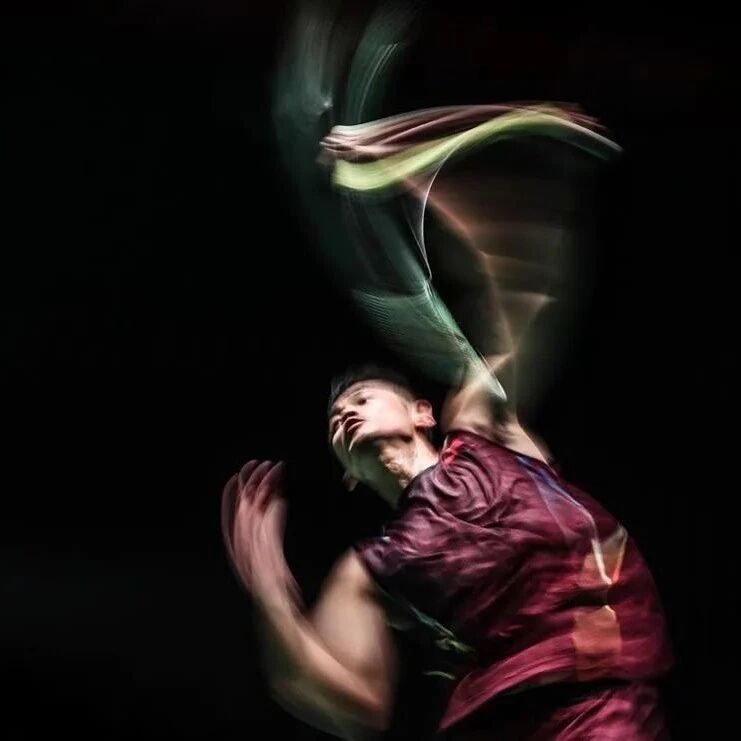
The top 10 rankings of IQ among ball sport athletes—can you guess where badminton ranks?
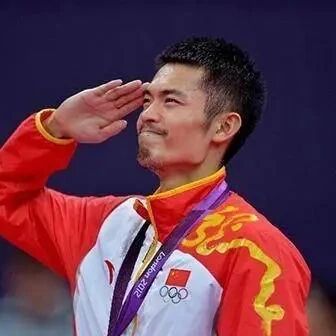
Did Lin Dan's retirement at the age of 37 hinder the development of younger players?
